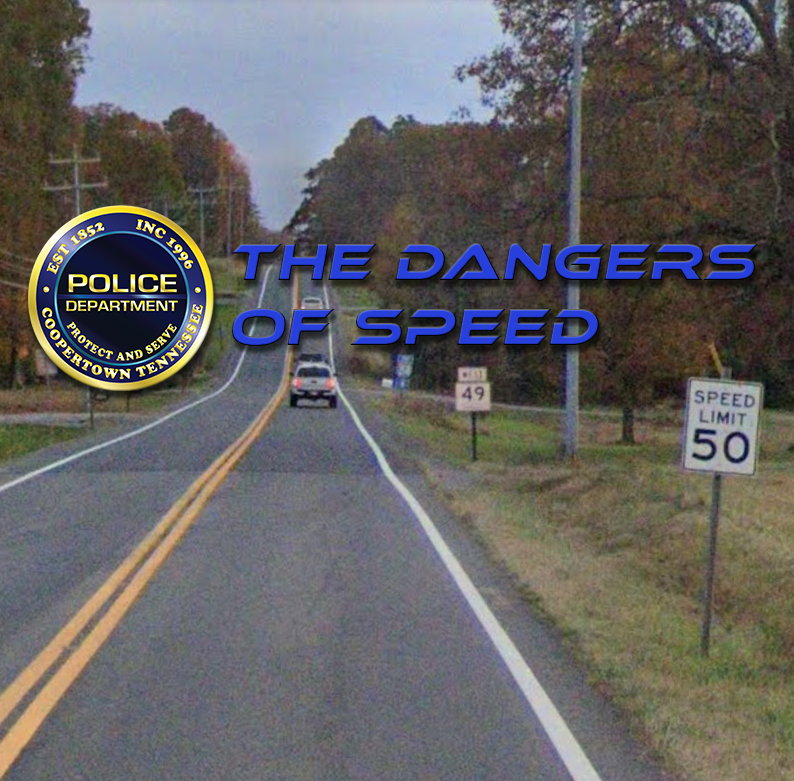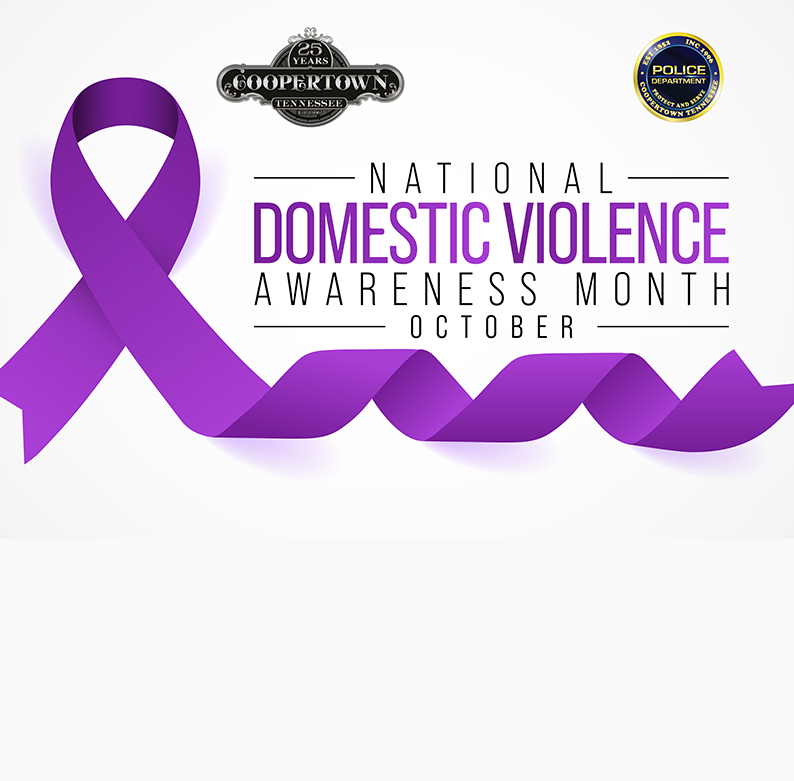Coopertown, Tennessee
According to the National Highway Traffic Safety Administration (NHTSA), speeding was a contributing factor in 26% of all traffic fatalities in 2019. For over two decades, speeding contributed to roughly one-third of all traffic fatalities (NHTSA, n.d.).
Regardless of the posted speed limit, the vehicle’s speed can play an important role in safe driving during inclement weather. Tennessee Code Annotated (T.C.A.) § 55-8-136 states in part that “every driver of a vehicle shall exercise due care by operating the vehicle at a safe speed, by maintaining a safe lookout, by keeping the vehicle under proper control and by devoting full time and attention to operating the vehicle, under the existing circumstances as necessary in order to be able to see and to avoid endangering life, limb or property and to see and avoid colliding with any other vehicle or person, or any road sign, guard rail or any fixed object” (Drivers To Exercise Due Care, 2021).
How Does Speed Affect Your Driving?
The faster the vehicle goes, the longer it takes to stop the vehicle. On average, it takes about 1.6 seconds to perceive a hazard and begin to react to that hazard – also known as Perception Reaction Time (PRT). During PRT, the vehicle is still moving forward at the same speed.
At 20 mph, the distance for PRT is about 47 feet.
50 mph – 117 feet
70 mph – 164 feet
100 mph – 235 feet




PRT only accounts for the time it takes to perceive and begin to react to a hazard. The distance it takes to get the vehicle to come to a stop depends on many different factors, including the condition of the vehicle (such as braking power and tire tread), the surface the vehicle is travelling on, and weather conditions.
Speeding Has Consequences
Aside from running the risk of being issued a traffic citation for speeding, adding points towards losing your license, and potentially increasing your vehicle insurance rates, speeding has numerous other consequences. As discussed, higher speeds add more stopping distance when a hazard is perceived. There is an increased possibility for losing control of the vehicle when driving at high speeds. As the driver, you are responsible for the safety and welfare of all passengers in the vehicle. By speeding, you are reducing the effectiveness of the vehicle’s safety equipment, endangering the lives of you and your passengers. With increased speed comes an increase in the severity of injuries sustained during a crash. Then there’s the financial burdens that drivers may encounter if found liable for a speed-related crash. Additionally, vehicles use more fuel at higher speeds, increasing the costs of fuel consumption (NHTSA, n.d.).
What Can We Do?
- One of the best ways to combat speeding is to allow more time to get to where we are going. Leaving earlier allows for unforeseen traffic jams and detours. Speeding to get somewhere on time most often will not get us to where we are going much sooner and only endangers everyone in the process. It’s better to be late than to never arrive at all.
- Don’t allow other traffic to dictate how fast you go. Drive safe and obey all traffic laws. If someone is tailgating you, allow them to pass at the earliest and safest spot to do so.
- Talk to your friends and loved ones that have the reputation of having a “lead foot” and discuss the dangers of speeding.
- Help spread awareness on social media by using the hashtag #SlowDownTN
References
Drivers To Exercise Due Care, Tn. Code Ann. § 55-8-136 (Lexis Advance through the 2021 First Extraordinary and the 2021 Regular Sessions). https://advance.lexis.com/documentpage/?pdmfid=1000516&crid=c640b1ee-c02c-49a8-89d3-d476b8310fad&config=025054JABlOTJjNmIyNi0wYjI0LTRjZGEtYWE5ZC0zNGFhOWNhMjFlNDgKAFBvZENhdGFsb2cDFQ14bX2GfyBTaI9WcPX5&pddocfullpath=/shared/document/statutes-legislation/urn:contentItem:4X8K-SXV0-R03K-72F8-00008-00&pdcontentcomponentid=234179&pdteaserkey=sr0&pditab=allpods&ecomp=_ss_kkk&earg=sr0&prid=382b237c-6aad-4433-a1ff-8c9133d93700
KARE 11. (2021, March 23). Why is speeding dangerous? Here’s a scientific breakdown [Video]. https://www.youtube.com/watch?v=XlDLNkAvuwU
National Highway Traffic Safety Administration. (n.d.). Speeding. https://www.nhtsa.gov/risky-driving/speeding
TNGeneralServices. (2020, August 20). VAM: Dangers of speeding [Video]. https://www.youtube.com/watch?v=fwJty2my2ko



